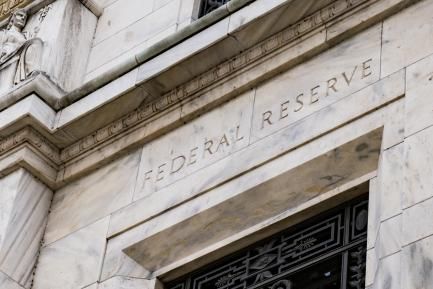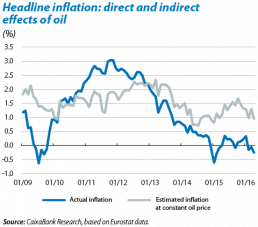One of the most surprising aspects of the current economic situation is the simultaneous occurrence of very low inflation, almost deflation, and unusually expansionary monetary policies. This is an anomalous situation both from a theoretical and an empirical point of view.
From a conceptual approach, inflation theories suggest that, after the ultra-expansionary monetary policies implemented by the main central banks, we should be witnessing strong growth in prices or at least an upturn in inflation expectations. In empirical terms, the correlation between the creation of money in excess of actual economic growth and rising prices has been extensively documented for several years. So how can we explain the extraordinary situation that we are currently experiencing?
One initial explanation would be that western economies are going through a totally unusual situation after suffering the Great Recession, the largest economic contraction since the Great Depression of the last century. According to this view, the existence of a huge output gap, the difference between an economy's potential and effective aggregate demand, would explain why inflation is so weak, something which would presumably be temporary.
Another view that partly complements the previous one emphasizes that the extremely adverse impact of the Great Recession on financial intermediaries and markets has weakened the channel for monetary transmission to such an extent that the huge expansion in central bank balances has not actually resulted in an increased supply of money or credit in the economy.
A third, somewhat more complex view claims that, if we analyse the phenomenon over a longer timeframe, the simultaneous presence of very low inflation and expansionary monetary policies is not contradictory. According to this thesis, the current situation is actually the result of many years of excessively lax monetary policy. Such policies encouraged an excessive economic growth, fuelling demand based on credit and debt which did not result in inflation due to the combination of several factors: the downward pressure on prices for consumer goods as a result of market globalisation, the anti-inflationary credibility achieved by central banks and the fact that a significant proportion of the liquidity was directed at real estate and financial asset markets, leading to repeated speculative bubbles in these markets.
According to this theory, a long period of lax policies have resulted in a huge expansion in potential output and excessive debt among economic agents. Both factors are pushing down inflation today. Moreover, the aggressive interest rate cuts carried out whenever an asset bubble burst resulted in economic contraction and ended up leading monetary policy into a dead end, with official interest rates almost at zero and no other alternative than to expand the balance sheets of central banks by directly buying assets in the markets.
Whatever the case, dear reader, the aim of the Dossier in this Monthly Report is to provide its own modest contribution to this important debate with a detailed examination of these and other alternative explanations. With the firm belief that thorough, systematic analysis is crucial to achieving a proper diagnosis of one of the key dilemmas facing economic policy today.
Jordi Gual
Chief Economist
31 January 2015


